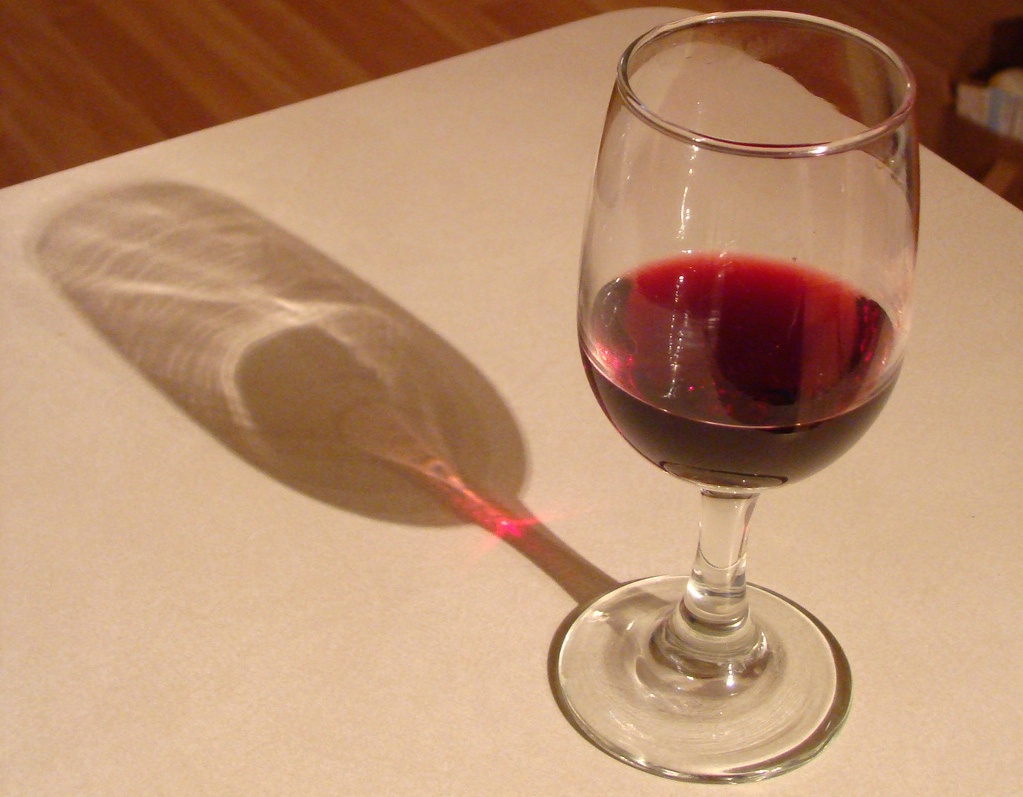Lawsuit Claims Several Brands Of Wine Contain “Very High” Levels Of Arsenic
The lawsuit filed Thursday in California Superior Court claims that 28 wineries knowingly violated state law by producing wine contaminated with arsenic, and failing to inform consumers about potential dangers, says a company called BeverageGrades on a website for the lawsuit, TaintedWine.com.
The federal government doesn’t have regulations that set the acceptable limit for arsenic in wine, but the lawsuit says that some of the wines tested had up to four and fives times the maximum allowed by the Environmental Protection Agency for drinking water.
BeverageGrades says it conducted testing on more than 1,300 bottles of wine, with almost a quarter of them containing levels higher than the EPA’s maximum for drinking water, which is 10 parts per billion.
“Some very, very high levels of arsenic,” the company’s founder told CBS News, adding that he noticed a pattern in the results.
“The lower the price of wine on a per-liter basis, the higher the amount of arsenic,” he said.
Included in that list: Trader Joe’s famed Two-Buck Chuck White Zinfandel (at three times the drinking water limit); a bottle of Ménage à Trois Moscato (four times the limit) and a Franzia White Grenache that clocked in at five times the EPA limit for drinking water.
He handed his data over to a law firm after unsuccessfully reaching out to wine companies, he says. The lawsuit is a proposed class-action lawsuit that accuses more than 24 winemakers of misrepresenting their wine as safe.
So are these levels dangerous? Allan Smith, an epidemiologist and associate director of the Arsenic Health Effects research program at U.C. Berkeley says that the highest level found in one of the bottles tested came in at 50 parts per billion of arsenic, which could be deadly over time. Again, based on drinking water studies, which is the only drink that has a set arsenic limit.
“We estimate that approximately 1 in 100 people who drink water like that throughout their life will die from the arsenic, ultimately, due to mostly cancers from it,” he told CBS.
But a spokesperson for The Wine Group, which is one of the companies named in the lawsuit, points out that there’s a difference between drinking wine and drinking water.
“It would not be accurate or responsible to use the water standard as the baseline” he said, because people tend to drink a lot more water than they do wine. And in Canada, where the government does set limits for arsenic in wine, the highest level of arsenic cited in the lab results is “only half of Canada’s standard for wine, of 100 parts per billion.”
Under California law, businesses must warn consumers if their products contain “a chemical known to the state to cause cancer,” with a threshold of 10 parts per billion. However, an advocacy group for California lawmakers says the industry already provides warning signs that can be posted in retail stores.
Trader Joe’s sells Two Buck Chuck, and told CBS that “the concerns raised in your inquiry are serious and are being treated as such. We are investigating the matter with several of our wine producing suppliers.”
The lawsuit doesn’t name a dollar amount, but seeks “injunctive relief, civic penalties, disgorgement and damages.”
The attorney who filed the lawsuit says his goal is “to get the winemakers to recall these wines, to get them to refund the money that people paid for these wines, and ultimately to clean up the wine industry in California.”
“Very high levels of arsenic” in top-selling wines [CBS News]
Want more consumer news? Visit our parent organization, Consumer Reports, for the latest on scams, recalls, and other consumer issues.


